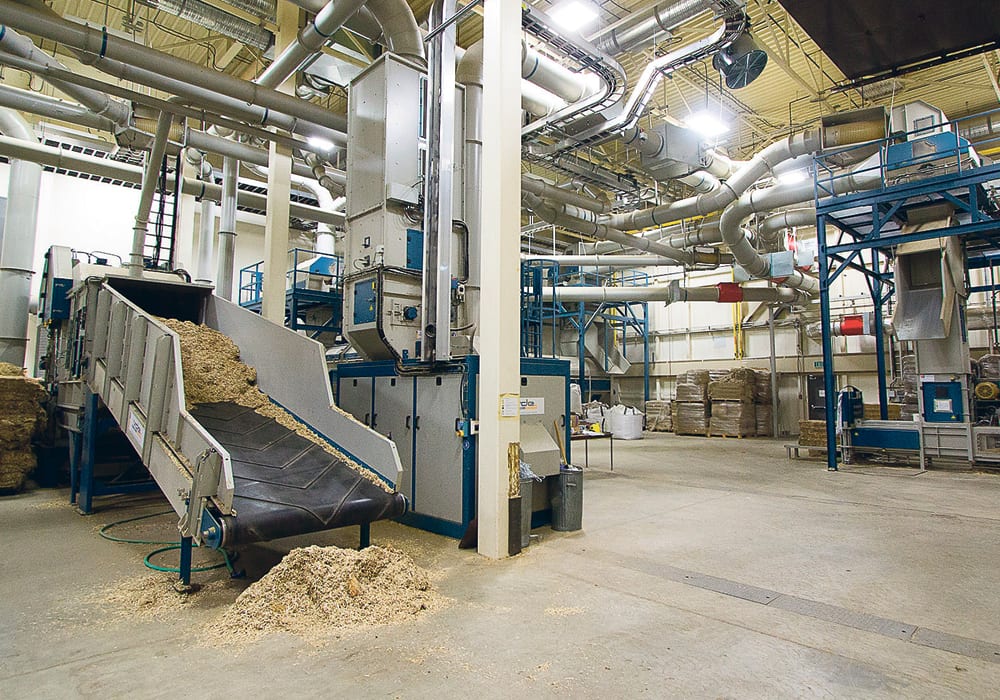
The global hemp industry is experiencing a period of significant growth, driven by increasing consumer demand for sustainable and eco-friendly products. However, navigating this dynamic landscape requires a multifaceted approach that addresses key challenges and fosters sustainable development.
Challenges and Opportunities:
- Inconsistent Regulations: Varying regulations across countries create barriers to trade and hinder the development of a truly global hemp market.
- Supply Chain Disruptions: Establishing reliable and efficient supply chains, particularly for niche products, remains a significant challenge.
- Lack of Standardized Quality Control: Ensuring consistent product quality and safety across the industry is crucial for building consumer trust.
- Competition from Traditional Industries: Hemp faces competition from established industries using conventional materials, requiring innovative product development and competitive pricing.
Key Strategies for Success:
- Vertical Integration: Integrating various stages of the hemp supply chain, from cultivation to processing and distribution, can enhance efficiency, reduce costs, and ensure quality control.
- Innovation: Continuous research and development are crucial for developing new hemp-based products and technologies, such as bioplastics, building materials, and pharmaceuticals.
- Accessibility to Materials: Ensuring access to high-quality hemp seeds and other inputs is critical for the growth of the industry.
- Maker Economy: Empowering local communities through the development of a vibrant “maker economy,” where individuals and small businesses can produce and sell hemp-based products.
- Education and Training: Investing in education and training programs to equip farmers, processors, and entrepreneurs with the skills and knowledge needed to succeed in the hemp industry.
- Common Structures & Grassroots Organizations: Fostering collaboration among farmers, processors, and other stakeholders through the development of cooperatives, industry associations, and other collaborative structures.
- Global Cooperation: Promoting international cooperation to harmonize regulations, facilitate trade, and share best practices.
Balancing Corporate Power with Community Empowerment
It’s crucial to find a balance between corporate interests and the needs of local communities. While corporate investment can drive innovation and scale, it’s essential to ensure that local farmers and communities benefit from the growth of the hemp industry. This can be achieved through:
- Supporting community-based hemp production: Encouraging the development of local cooperatives and supporting small-scale farmers.
- Fair Trade Practices: Ensuring fair prices and equitable distribution of profits throughout the supply chain.
- Community Benefit Agreements: Implementing agreements that ensure that local communities share in the benefits of hemp production.
By embracing these strategies, the global hemp industry can thrive while creating a more sustainable, equitable, and prosperous future for all.
